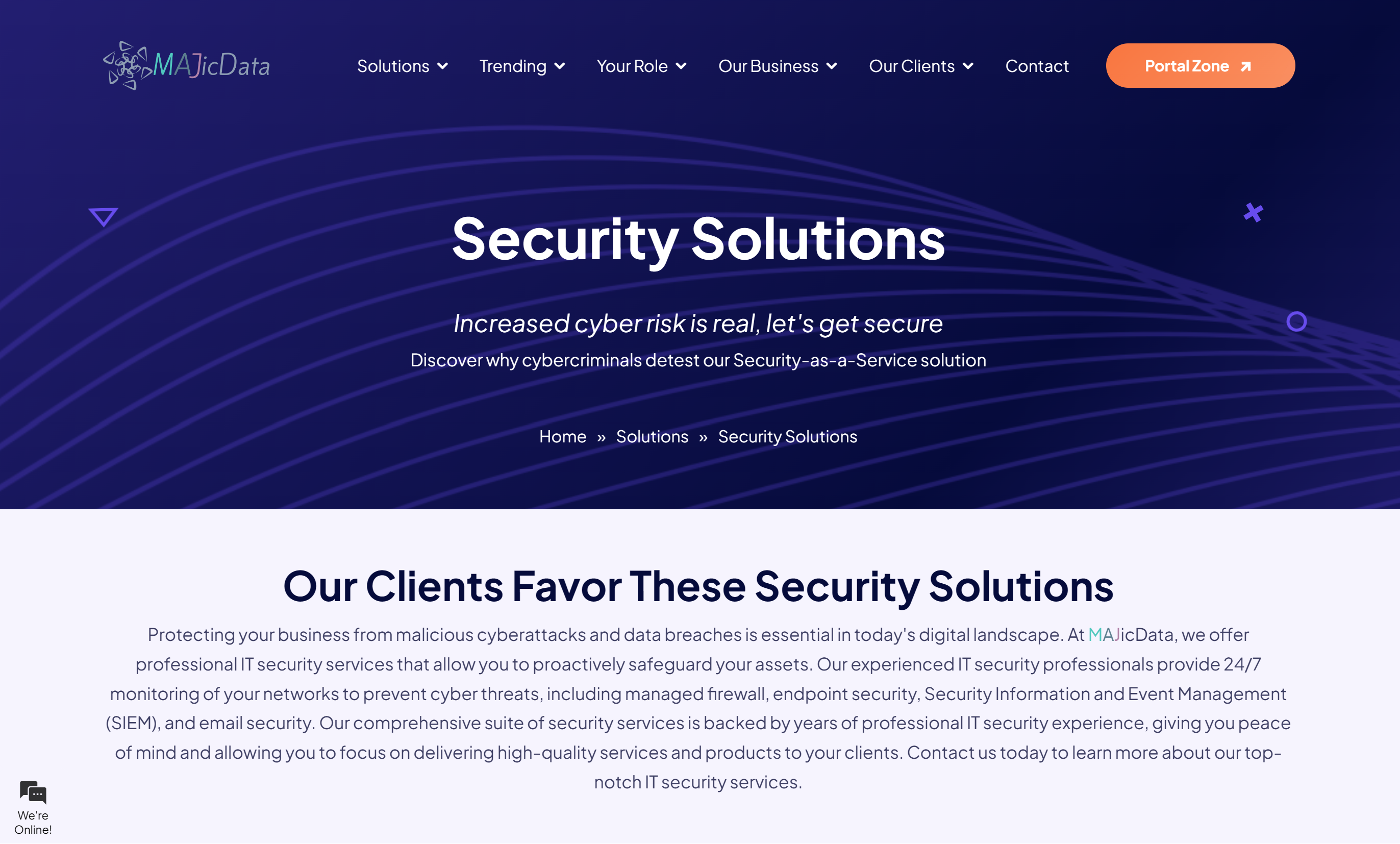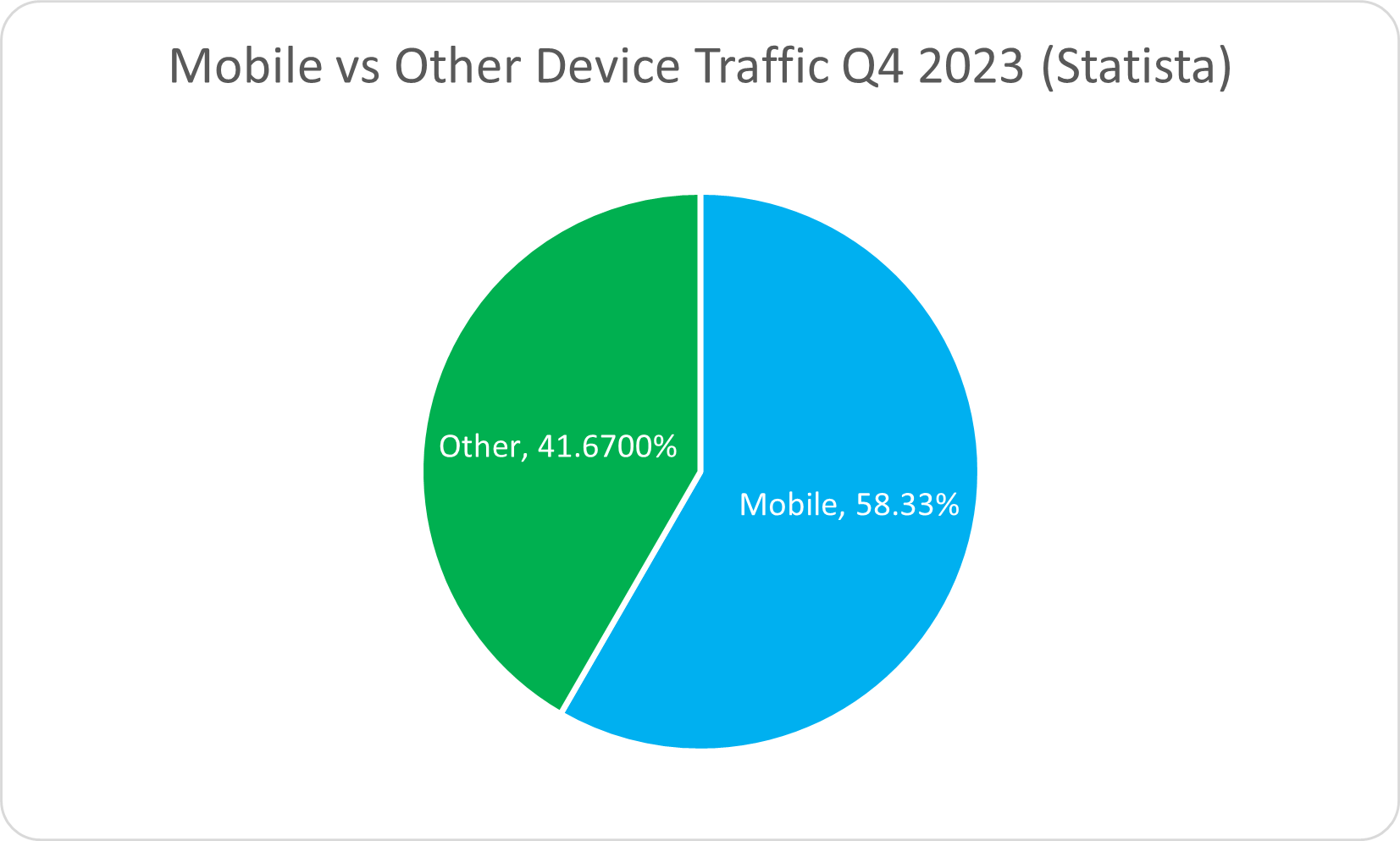Your customers are out there searching for the answers to their problems right now. There are over 8.5 billion Google search queries per day. Your competitors leverage their website landing pages to answer these questions and attract new customers to their businesses. With the right strategy, your business can do the same. Let’s talk about how to make SaaS landing pages that not only raise your brand awareness, but also convert your leads into the customers you need to sustain your business.
You Need Landing Pages for Your SaaS
Customers out there need to know about your product before you can make a difference in their lives. They need to know what you’re offering, why they should care, and why you deserve their subscription. A landing page accomplishes that mission by targeting specific customer pain points, features, or topics.

Without landing pages, you’ll miss out on top of funnel opportunities to capture potential leads in search engines. You’ll also have fewer middle of funnel opportunities where interested leads may be considering your brand but just need that little push to finally hit that subscribe button.
Landing pages aren’t just a means to an end. They’re excellent monitoring tools to keep track of your content marketing performance. By tracking your traffic, you can measure your SEO performance. Additionally, keeping a close eye on your conversion rate allows you to experiment with and improve your CRO strategy. In fact, by incorporating A/B testing, 70% of businesses in a study saw increased sales.
How Do Landing Pages Convert SaaS Customers?
There are many techniques you can use to enrich your landing pages, capture traffic from search engines and social media channels to convert your audience into subscribers and customers. Here are just a few:
- Value proposition and headline: the most important parts of your landing page go hand in hand.
- Address pain points: show you understand their problem and that you have the solution.
- Social proof: show your customers that you’re a reputable brand that they can trust. Use testimonials, links to case studies, and the logos of your partners.
- Call to action: if you’ve gotten their attention, it’s time to transform that attention into a conversion. Strategically place buttons and micro forms.
- Features and product examples: show the reader what your product is, how it works, and why they need it.
- Internal links: give the reader opportunities to explore more about your product and brand so they can make a better decision.
These are just a few of the tools at your disposal when creating your SaaS landing pages. Don’t be afraid to get creative and try something new if it’s in line with your customer profile and brand.
Another Option
An FAQ section is another option that you can include on your landing pages – if you do it right. Learn how adding one and checking the right boxes can get you 46% more search impressions.
Great, But How Do I Make a SaaS Landing Page?
Good question. Here’s the process:
- Audience analysis: your landing page is only as strong as your understanding of your audience. Dig in and learn about their needs.
- Create the page: landing pages unify content writing with design. Figure out a compromise between the two in a way that will both visually and persuasively convince the reader to subscribe or make their purchase.
- Optimize: use analytics tools and A/B testing for Conversion Rate Optimization (CRO). Ensure your landing page is responsive on different screen sizes like mobile devices and pay attention to loading speed and SEO.
- Accessibility: pay attention to the accessibility of your landing page to make sure it can be understood by users with disabilities.
Remember, the process doesn’t stop when you hit the publish button. Your landing page has to evolve over time if you’re going to succeed. You need to continuously improve it over time for the best results.
Value Proposition & Headline
These two elements are the most important parts of your SaaS landing page after your audience analysis. In fact, your traffic could vary by 500% depending on how you word your headline. You have a very short period of time to capture your reader’s attention, and that time needs to be spent wisely. It takes 2.6 seconds for your reader’s eyes to find the most important information on your page. No matter how you decide to spin your headline, opening sentence, or whatever you decide to roll with, it needs to communicate your value proposition fast. Here are some of my suggestions for a good headline:
- Short and Direct: Remember, your audience has a punishingly short attention span. Be as simple and easy to understand as possible.
- Audience-Focused: think back to your audience analysis and think about how you can speak to their needs and pain points.
- Action: focus on outcomes that your reader can achieve, like how your product will benefit their business.
Only after you’ve gotten a good headline should you dig in with a longer sub-headline and other elements. Whatever you do, everything should supplement your headline in some way.
Example: CultureBot
This landing page focuses on the keyword ‘Remote and Hybrid Team Collaboration’. The headline is, “Keep your remote or hybrid team connected and engaged”. That’s followed by a subheadline, “Try the Slack bot that helps remote teams and hybrid teams build people-positive cultures”.

CultureBot’s main headline is direct and addresses a problem their audience, remote team managers, may be having: a lack of team connectivity and engagement. Their headline clearly communicates their value proposition. The sub-headline that follows appeals to the emotional and human side of the argument with its ‘people-positive cultures’, supplementing the headline.
Now, Create the Rest of Your SaaS Landing Page
Let’s review the tools at our disposal:
| Element | Purpose | Advantages | Best For |
|---|---|---|---|
| Visuals (Images/Videos) | To engage visitors and help them visualize the product or service. | Increases engagement and can explain complex concepts more easily than text. | Products that benefit from demonstrations or have a visual appeal. |
| Call-to-Action (CTA) | To guide visitors towards a conversion action, like signing up or purchasing. | Directs visitor focus and increases the likelihood of conversion. | Any landing page aiming to convert visitors into leads or customers. |
| Social Proof (Testimonials, Reviews) | To build trust and credibility by showing the experiences of others. | Can significantly increase conversions by providing evidence of value. | Services or products where user experience and satisfaction are key. |
| Features and Benefits | To explain how the product solves problems and its unique selling points. | Helps visitors understand the product and why it’s the right choice for them. | Complex or innovative products that need clear, concise explanations. |
| Lead Capture Form | To collect visitor information for follow-up marketing efforts. | Enables the business to build a relationship with potential customers. | Pages focused on generating leads or building a customer database. |
Visuals: Images and Video
In my opinion, this is probably the next most important part of your SaaS landing page. You can write the best text content in the world, but without something visual you might as well be creating a site for sleep therapy. That is, unless your SaaS product helps people sleep. That’s different.
Get images of your product in action. They need to visualize the service you provide so they can make a decision for themselves about whether it’s right for them. Images and video will also increase your engagement and better describe those more complex parts of your product.
Did You Know?
According to 38.6% of marketers, video is the most effective conversion-driving page element.

Call-to-Action and Lead Capture Forms
Sprinkle these throughout your landing page where necessary. They don’t all have to do the same thing. Not everyone is ready to buy yet, but they might be willing to fill out a form to sign up for your newsletter or a demo. Even if you don’t make a sale, you can continue to build a relationship with your audience with marketing emails and social followers.
Social Proof: Testimonials and Case Studies
You can talk up your product and show off its bells and whistles all you want, but at the end of the day your potential customers are going to be most swayed by the impressions of existing customers. 66% of potential buyers want to see reviews first before they buy your product. If you haven’t already, get in touch with your happiest and most successful customers and put together case studies and testimonials.
Landing Page Examples: MAJicData

See how I helped MAJicData refresh dozens of landing pages for their full service IT business during their brand refresh.
Features & Benefits
It’s always important to talk about the features of your SaaS product on your landing pages. How you choose to convey this will depend on the interests and needs of your target audience as well as the products of your competitors. If your product has a similar set of features to other products on the market, it may be better to focus less on your features and more on other valuable aspects of your brand. For example, you might focus on your customer experience, customization and flexibility, pricing structure, or your brand story.
Optimize Your SaaS Landing Page for Humans and Search Engines
The whole purpose of your landing page is to attract your audience in search engine result pages (SERP). If your landing page isn’t properly optimized for humans and search engines, you’re losing out on your lead potential. That means paying close attention to how humans and search crawlers experience the page. Let’s go over an optimization checklist:
Once your landing page is live on the web, monitor it with analytics tools to see how it performs. Make changes as necessary to continue to optimize the page and to increase your conversion rate.
Did You Know?
Mobile devices make up 58.33% of web traffic in Q4 2023. That’s why making responsive landing pages is critical to your SaaS brand’s success.

Create Your SaaS Landing Page
Now that you know the best ways to create your SaaS landing page, it’s time to get out there and do it! Study your audience, come up with your strategy, target those keywords, and get to work on that page!

Liam Shotwell: SaaS Content Writer
I’m a human B2B SaaS content writer with a focus in SEO. I’ll shine a light on your brand to help you find potential leads lost in the dark of SERP.





